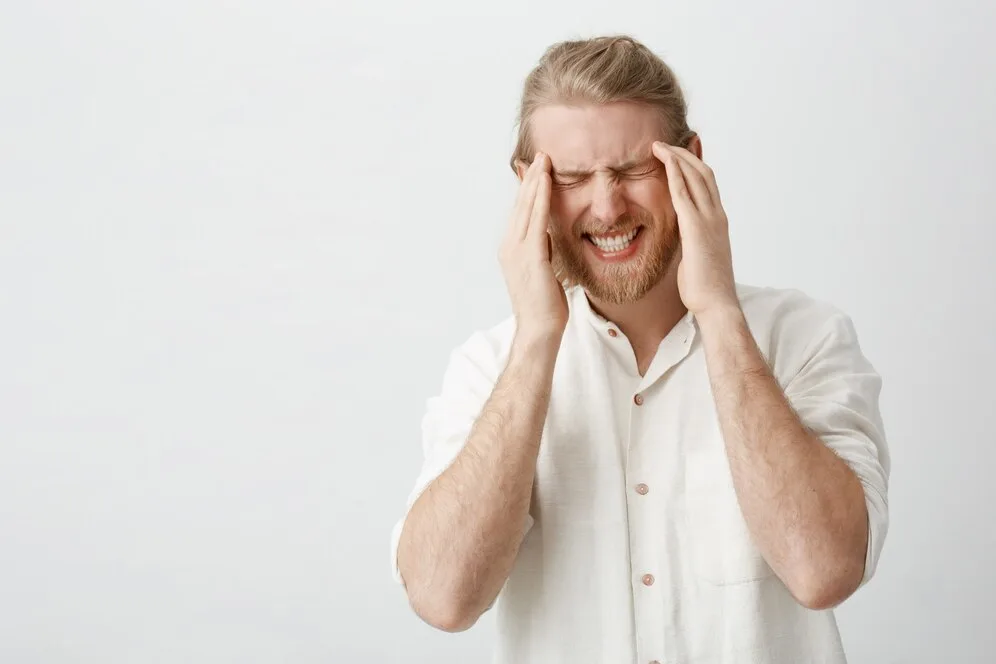Understanding Headaches: Types, Causes, and When to Seek Help

Most people experience headaches, which is the most frequent complaint that anyone can have. Headaches, from dull to pounding, can disrupt work, school, and other daily activities. For some, they are a nuisance every once in a while; for others, they are a serious, long-term problem that affects the quality of life.
Knowing the different kinds of headaches you’re prone to and having a general idea of what causes the headaches, and how to obtain relief, can give you a bit more control over what’s going on in your head. In this post, I’m going to discuss the most prevalent types of headaches and what causes them, along with some self-care strategies and when you need to start seeking professional help.
What is a Headache?
A headache is described as a pain or discomfort anywhere in the head or face, or upper neck. Depending on the type and cause of an itch, it can be mild, moderate, intense, short-term, or long-term. Over-the-counter prescription medication can help, they say, because most headaches are benign and will pass on their own, but some can be a sign of something more serious.
Headache is not only common, but it is also a cross-cultural problem that affects nearly 50% of adults at any given time across the globe. They may be induced by stress, dehydration, bad posture, or an underlying health condition. The first step to managing headaches is determining what type of headache you have.
Common Types of Headaches
1. Tension Headaches
The most frequent type, tension headaches, often resembles a tight band around the head.
- Symptoms: A dull aching pain and tension in the scalp or neck.
Causes: Tension in the muscles of the neck, shoulders, or jaw, a commonly stress-induced condition, poor posture, or lack of sleep.
Triggers: Anxiety, elongated screen time, missed meals.
2. Migraine Headaches
Migraines are worse and often present with other symptoms.
- Symptoms: Pulsating pain (often on one side of the head), nausea, sensitivity to light and sound.
Causes: Hormonal fluctuations, some foods (like cheese and chocolate), bright lights, and strong smells.
Length of time: A few hours to several days.
3. Cluster Headaches
They’re an uncommon type of headache that’s intensely painful and comes in bursts or clusters.
- Symptoms: Severe, stabbing pain around one eye, as well as redness, tearing, or nasal congestion.
Pattern: Usually comes in “clusters” (daily attacks for several weeks or months, followed by remission).
4. Sinus Headaches
Associated with sinus infections or sinusitis.
- Symptoms: Pressure around the eyes, cheeks, or forehead increases with movement.
- Triggers: Allergies, colds, or sinus infections.
Common Causes and Triggers
1. Lifestyle and Environmental Factors
- Dehydration – Not getting enough fluids can lead to headaches.
- Missing meals – Having low blood sugar can cause headaches.
- Sleep deprivation – Poor sleep makes you more vulnerable to headaches.
- Screen abuse – Strain on the eyes from extended use.
2. Psychological and Emotional Wellbeing
- Stress and anxiety – Leading causes of tension headaches.
- Depression is associated with TTH in the long term.
- Burnout — Slogging for hours without a break can give you a headache.
3. Physical Strain
- Slouching – Causes neck and shoulder muscle strain.
- Bruxism (teeth grinding) causes the jaw muscles to be tense.
- Eye fatigue – Usually, uncorrected eye problems may be the cause.
Simple Ways to Relieve and Prevent Headaches
1. Home remedies and self-care
- Can be used from the freezer or microwaved as a cold or hot pack placed on the forehead or rear side of the neck.
- Lying in a dark, quiet room – This has proven to assist with migraines.
- Hydration and healthy snacking – Avoid headaches from dehydration.
2. Lifestyle Changes
- Consistent bedtime – Try to get into bed at the same time each night for 7-9 hours.
- Management of stress – This includes yoga, meditation, and deep breathing exercises.
- Restrict usage of screens – Use the 20-20-20 rule (every 20 minutes, look at something 20 feet away for 20 seconds).
3. Non-prescriptive Drugs
- Paracetamol or ibuprofen – As directed on the label.
- Don’t overdo it — too much can result in rebound headaches.
When to See a Doctor
1. Warning Signs That Require Medical Attention
- Intense, sudden headache (“thunderclap” headache).
- Headache after head injury.
- Neck pain, a fever, and confusion.
- Vision is blurry, speech is slurred, and there is a headache and weakness.
2. Persistent or Worsening Headaches
- If the headaches are becoming more severe or more frequent.
- When discomfort remains if it interferes with the normal flow of life, regardless of self-care.
Diagnosis and Treatment Options
- Medical workup – Blood work, imaging (if indicated).
- Headache diary – Record triggers, Getting to Know Service Members, and patterns.
- Where to seek treatment – GP (prescription medication, physiotherapy, CBT).
Conclusion
Headaches are one thing as far as symptoms go, but don’t just dismiss them, especially if they are lasting or getting worse. Knowing the kind and triggers can assist in controlling them properly. Mild cases can be relieved using lifestyle changes and home remedies, although you should see a doctor if you experience severe or recurrent symptoms.
If headaches are impacting your quality of life, book an appointment with one of our specialists at Chase Lodge Hospital for an expert diagnosis and treatment.